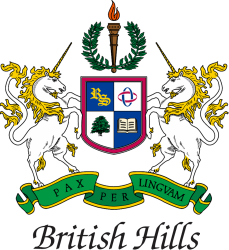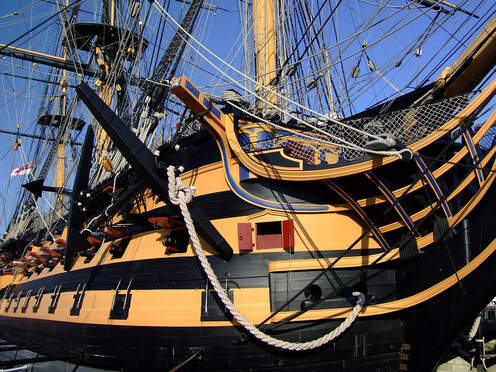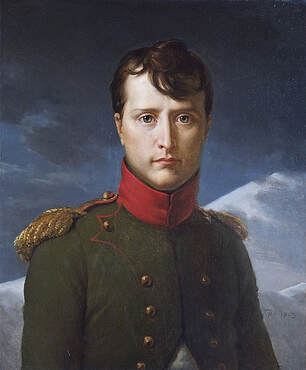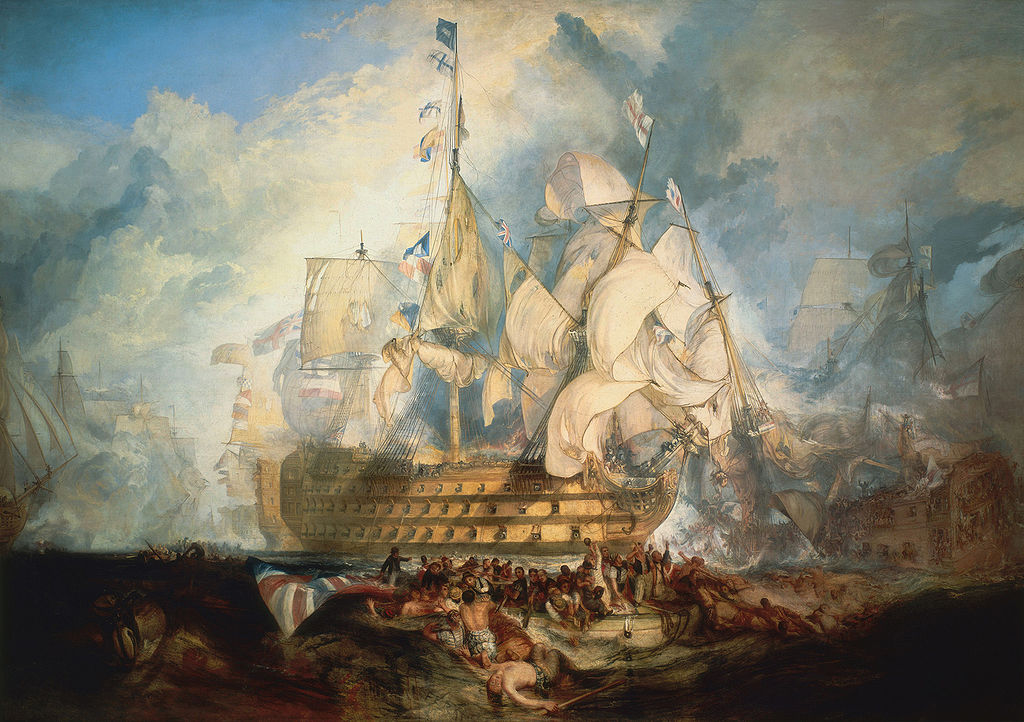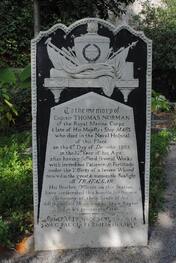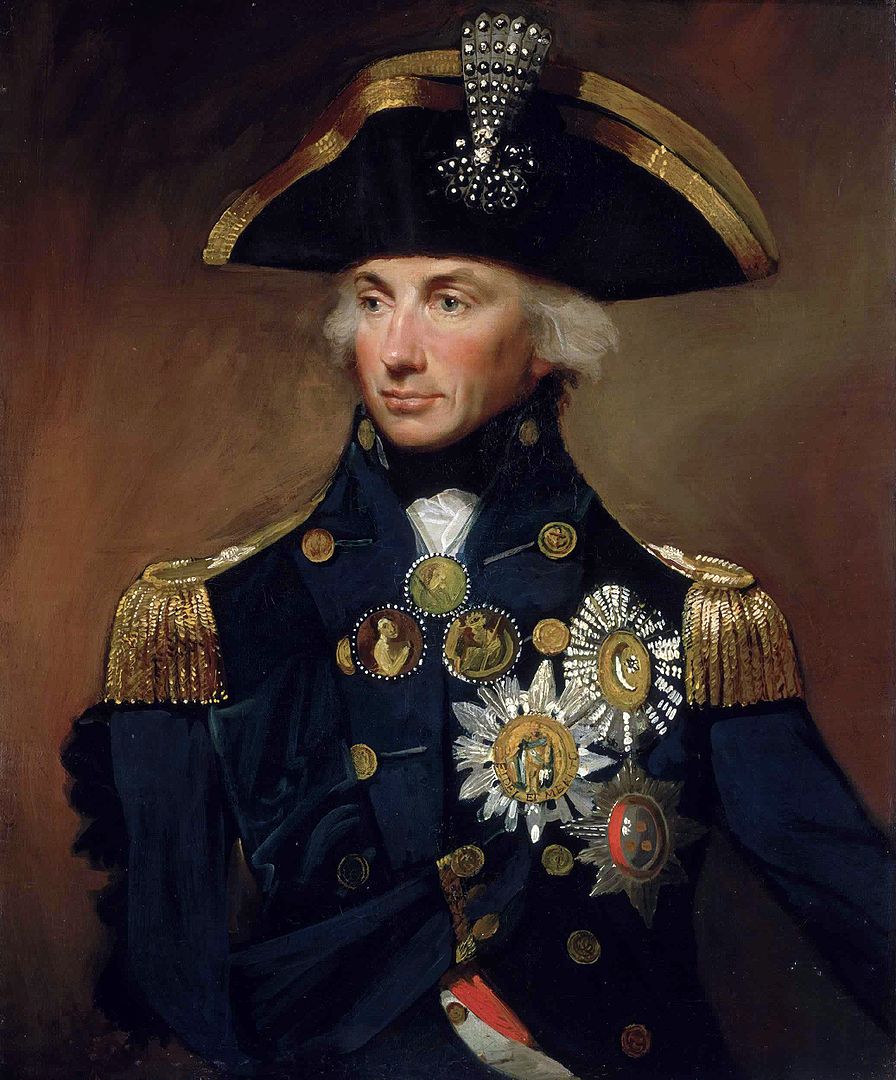Why is there a classroom at British Hills named Trafalgar?
The Battle of Trafalgar is one of the most well-known battles in British history. Find out more here!
21st October 1805
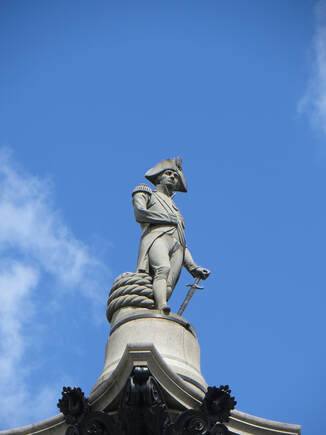
At the turn of the 19th century, Europe found itself in the unenviable situation of war, again. Napoleon, at the head of the 1st French empire, had big dreams for France. Other nations believed his aims to be territorial expansion and the domination of Europe. At this time, France was the unquestioned land power in continental Europe, possessing a large and professional army capable of waging war with unmatched efficiency. This forced large coalitions of states to band together to deter Napoleon.
Standing between France and European domination was her age old rival, Britain. While France controlled the land, Britain was unrivalled at sea, controlling a large fleet capable of projecting British influence globally. It was also being used to blockade French ports to disrupt French trade. Only a decisive blow to the Royal Navy would clear the English Channel, preventing any invasion flotilla from being attacked. This sets the scene for the naval engagement at Trafalgar which took place 21st October 1805. Although in 1803 the Peace of Amiens was signed, ceasing hostilities, this quickly broke down and the war of the 3rd coalition began, consisting of England, Russia, Austria and other Italian states. Spain was allied to France thus use of Spanish ships gave the smaller French fleet the numbers to break the blockade and challenge the UK at sea. The Spanish fleet was also attacked by the Royal Navy in 1804, cementing Spanish support for Napoleon.
Standing between France and European domination was her age old rival, Britain. While France controlled the land, Britain was unrivalled at sea, controlling a large fleet capable of projecting British influence globally. It was also being used to blockade French ports to disrupt French trade. Only a decisive blow to the Royal Navy would clear the English Channel, preventing any invasion flotilla from being attacked. This sets the scene for the naval engagement at Trafalgar which took place 21st October 1805. Although in 1803 the Peace of Amiens was signed, ceasing hostilities, this quickly broke down and the war of the 3rd coalition began, consisting of England, Russia, Austria and other Italian states. Spain was allied to France thus use of Spanish ships gave the smaller French fleet the numbers to break the blockade and challenge the UK at sea. The Spanish fleet was also attacked by the Royal Navy in 1804, cementing Spanish support for Napoleon.
The British fleet was headed by vice-admiral Horatio Nelson, arguably the most well-known British Navy figure in history, was already a national hero. Having secured two victories at Aboukir Bay 1798 and Copenhagen 1801, he was a formidable naval man with respect from his allies and opponents. He had also lost one arm and an eye in the service of his country. He was deputised by his friend Cuthbert Collingwood. On the French side, Nelson was opposed by Admiral Pierre-Charles Villeneuve who had already suffered a defeat to Nelson at the aforementioned Aboukir Bay on the river Nile. The French fleet, while numerically superior thanks to the Spanish, its crew was inexperienced, lacking the time at sea due to the British blockade. This meant aiming on the moving sea and turning would be more challenging which Nelson would exploit during the battle. Its officer class also suffered as many higher-ups were executed or fired during the French revolution or simply left the service. Napoleon had ordered an impressive naval build-up for his fleet which was under construction at the time of the battle. The British fleet numbered 27 while the French possessed 33, including the 140-gun behemoth Santissima Trinidad and two other ships with 110 guns. The largest in the British arsenal was Nelson’s flagship HMS victory with 100 guns.
|
Nelson maintained a rather loose blockade of the French fleet at Toulon in the south of France in the hopes of luring them out to force a battle. Resultantly, they were able to slip past Nelson and sailed to the Caribbean in order to link up with the fleet there, sail back to Europe, relieve the fleet at Brest and destroy the royal navy in the channel. When Nelson learned of this, he gave chase across the Atlantic. Villeneuve had wanted to link up with the French Caribbean fleet, however upon discovery, it too was under blockade. Losing his nerve, he did not engage, nor attack British possessions nearby. He returned to Europe having accomplished none of his goals. On the way back, he was also handed a bloody nose at the battle of Cape Finisterre by Admiral Robert Calder who was blockading the French fleet at Brest. Wounded, they headed to the Spanish port of Cadiz.
The Battle |
Standard naval tactics at the time dictated that the two opposing sides would form two lines in parallel, effectively turning the battle into a firing match. A line formation allowed for signals and easier communication between ships. This however would result in often indecisive outcomes, with one side able to flee before complete destruction. With inferior numbers, Nelson would challenge this orthodoxy and attack the French line head on from a perpendicular line in two formations, splitting the French into three. This would lead to many one to one skirmishes, force a mistake and the superior British crew would wield a conclusive victory. Villeneuve had expected something of this nature but did nothing to prepare.
At the start of the battle, Nelson sent his now famous signal “England expects that every man will do his duty”. Inexperienced French sailors lead to an incoherent line more resembling a crescent. Nelson’s column and Collingwood’s charged head first into the enemy’s line. Because of slow winds, ships moved very slowly, this left them fully exposed to enemy fire – which they were for an hour. Every hit could tear a man in two. Hitting wood would fill the air with splinters. HMS victory lead the charge and was damaged, sails shredded and wheel destroyed, it had to be piloted from the rudder below the deck. Eventually, Nelson cut the enemy between Villeneuve’s own Bucentaure and the warship Redoubtable, returning fire at point blank range inflicting catastrophic damage. Generally superior British troops were able to outgun and out manoeuvre the enemies. Close proximity of the ships led to melee combat and musket fire. During this time, Nelson was hit in the spine by a French sharpshooter from the redoubtable, puncturing his lung for good measure. Knowing immediately he was done for, he was carried below deck so as not to lower morale of the crew. Victory was close to being boarded but other ships in the British line came to its aid.
Collingwood’s column soon after reached the lines too, overwhelming the French. The French suffered substantial losses, 22 ships to 0 for the British, either captured or sank. Personnel losses numbered of 4000 for the French to around 500 for the British. News of victory reached Nelson shortly before he succumbed to his wounds. He his final order was to anchor the ships due to an approaching storm. Many of the ships the British had captured were either destroyed in the storm of the crews were able to overcome their British captors and escape for home.
At the start of the battle, Nelson sent his now famous signal “England expects that every man will do his duty”. Inexperienced French sailors lead to an incoherent line more resembling a crescent. Nelson’s column and Collingwood’s charged head first into the enemy’s line. Because of slow winds, ships moved very slowly, this left them fully exposed to enemy fire – which they were for an hour. Every hit could tear a man in two. Hitting wood would fill the air with splinters. HMS victory lead the charge and was damaged, sails shredded and wheel destroyed, it had to be piloted from the rudder below the deck. Eventually, Nelson cut the enemy between Villeneuve’s own Bucentaure and the warship Redoubtable, returning fire at point blank range inflicting catastrophic damage. Generally superior British troops were able to outgun and out manoeuvre the enemies. Close proximity of the ships led to melee combat and musket fire. During this time, Nelson was hit in the spine by a French sharpshooter from the redoubtable, puncturing his lung for good measure. Knowing immediately he was done for, he was carried below deck so as not to lower morale of the crew. Victory was close to being boarded but other ships in the British line came to its aid.
Collingwood’s column soon after reached the lines too, overwhelming the French. The French suffered substantial losses, 22 ships to 0 for the British, either captured or sank. Personnel losses numbered of 4000 for the French to around 500 for the British. News of victory reached Nelson shortly before he succumbed to his wounds. He his final order was to anchor the ships due to an approaching storm. Many of the ships the British had captured were either destroyed in the storm of the crews were able to overcome their British captors and escape for home.
Consequences
Although Britain emerged victorious from the battle, it had little effect on the outcome of the whole war. Indeed, French victory in the war of the third coalition was later secured, knocking Austria out of the coalition and levying heavy reparations. Indirectly, the end of this war brought about the dissolution on the Holy Roman Empire and the creation of the confederation of the Rhine. Napoleon was also able to extend French domination over the continent, eventually imposing the continental system and prevented trade with Britain. Britain watched anxiously as a French naval build-up continued to gather steam.
|
For Spain, there was little positive stemming from the defeat at Trafalgar. Spain’s demotion to a second rate power was all but confirmed. Spain was also later invaded and taken over by Napoleon in the years following the battle. An immediate consequence deriving from the battle was the eventual independence of south American colonies from the Spanish yolk. Prior to Trafalgar, it was simply unthinkable for Spanish American properties to consider independence movements and the Spanish navy would be sent to quell rebellions. Spain lacked the means to project its power to the new world and to maintain its lucrative holdings, the writing was on the wall. Therefore, the battle of Trafalgar would be considered the most important event which enabled their independence from Spain.
|
|
Nelson was confirmed as one of the greatest naval commanders in history. Monuments were erected across the country to celebrate his achievements, the most famous being Nelson’s column in Trafalgar Square completed in 1843 which continues to attract visitors from across the world to this day. Trafalgar was the last great naval engagement to take place under sail. It cemented British dominance of the seas, giving them unrivalled dominance of trade and shipping routes, which they use to further expand the British Empire which helped them achieve hegemonic status. It ended the French naval threat and Napoleon’s planned land invasion of England. With such a prestigious and powerful reputation, no one would dare contemplate taking on Nelson’s heirs. It would be over a century during the battle of Jutland 1916 that Britain would be challenged again at sea.
|
Questions
Test yourself with the questions below:
1. What series of wars were taking place during the battle?
2. Why do you think France was the largest military power at this time?
3. What was Napoleon’s reason for wanting to destroy the British fleet?
4. Who was the head of the British Fleet during the battle?
5. Why was Britain so successful during this battle?
6. Two sides would make line formations during a battle. What was the reason for this?
7. Why was Robert Calder, a British admiral waiting at Brest – a french city?
8. Many French and Spanish ships were sunk after the battle, why?
9. In your opinion, what was the biggest consequence of the Battle of Trafalgar?
10. Why did the battle not affect the outcome of the war?
2. Why do you think France was the largest military power at this time?
3. What was Napoleon’s reason for wanting to destroy the British fleet?
4. Who was the head of the British Fleet during the battle?
5. Why was Britain so successful during this battle?
6. Two sides would make line formations during a battle. What was the reason for this?
7. Why was Robert Calder, a British admiral waiting at Brest – a french city?
8. Many French and Spanish ships were sunk after the battle, why?
9. In your opinion, what was the biggest consequence of the Battle of Trafalgar?
10. Why did the battle not affect the outcome of the war?
